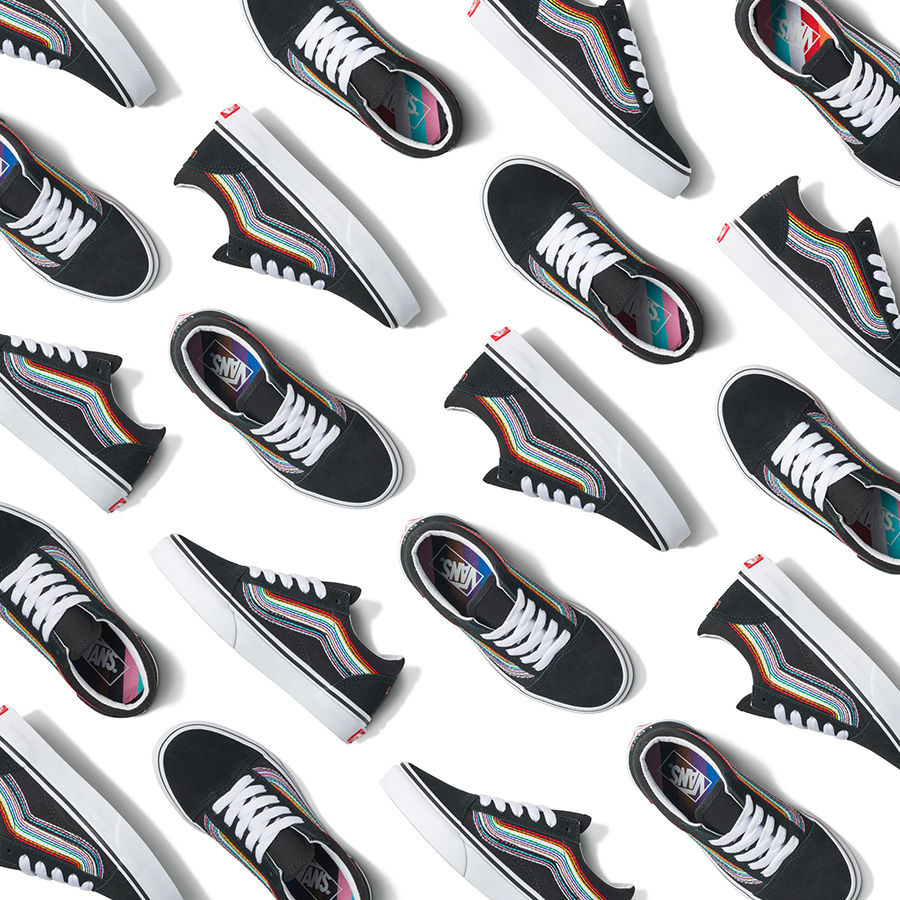PRIDE 2023


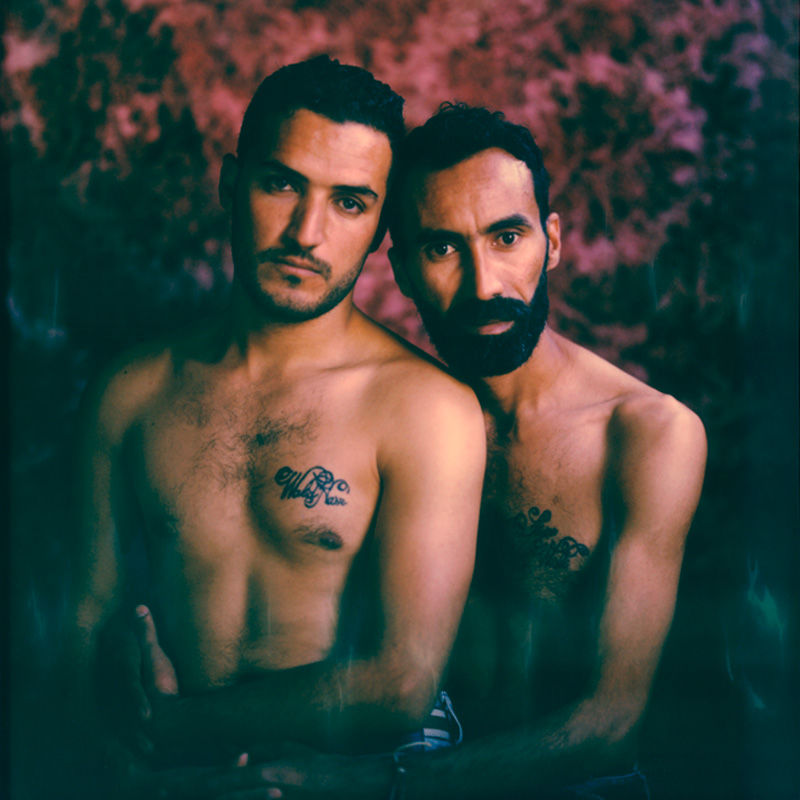
Where Love Is Illegal
Where Love Is Illegal, a campaign by Witness Change, shares LGBTQI+ stories of discrimination and survival from around the world. They use their platform to amplify queer voices in order to inspire connections, transform opinions and change policies. Witness Change works to create a more just world through the sharing of stories that positively impact the lives of marginalised people.
Exhibition in a Box
This year the Where Love Is Illegal storytelling project is providing free exhibitions to more than 20 grassroots LGBTQI+ organisations around the world. The exhibitions will be used in PRIDE celebrations and to support local advocacy.
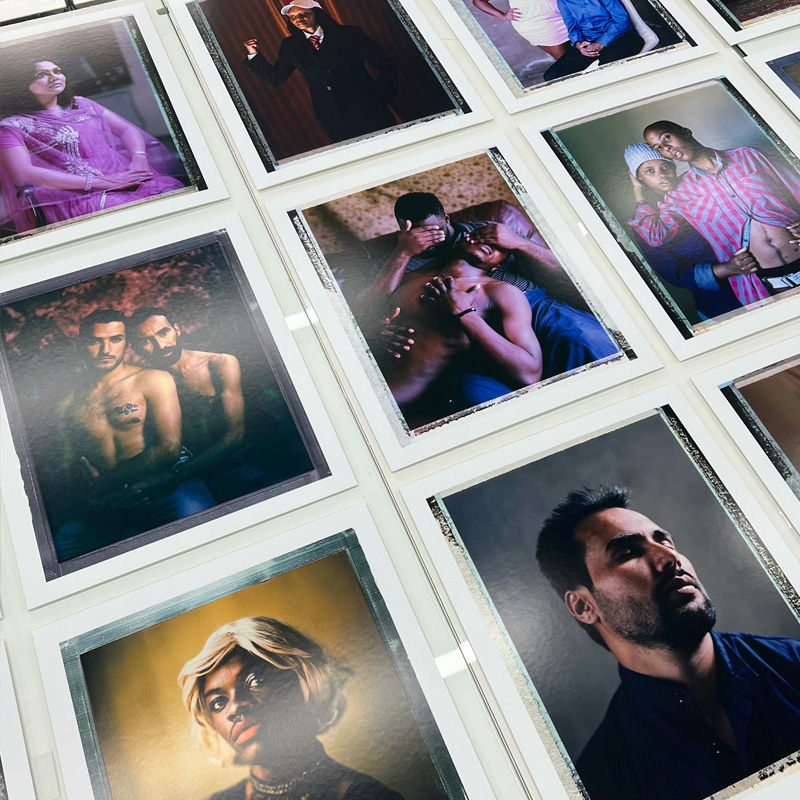
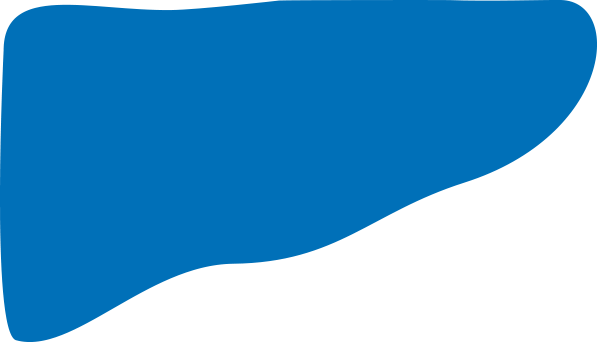
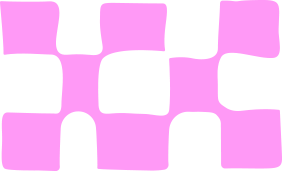
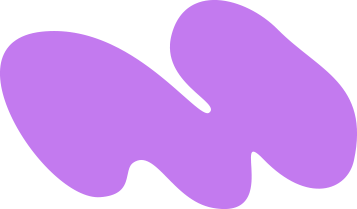
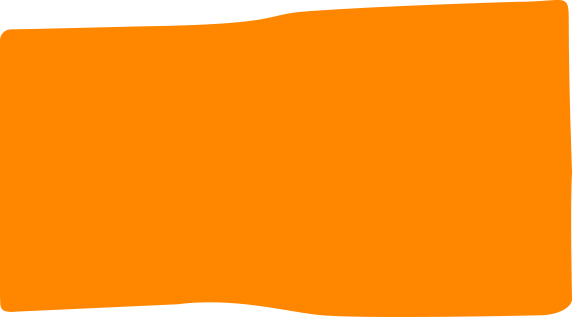
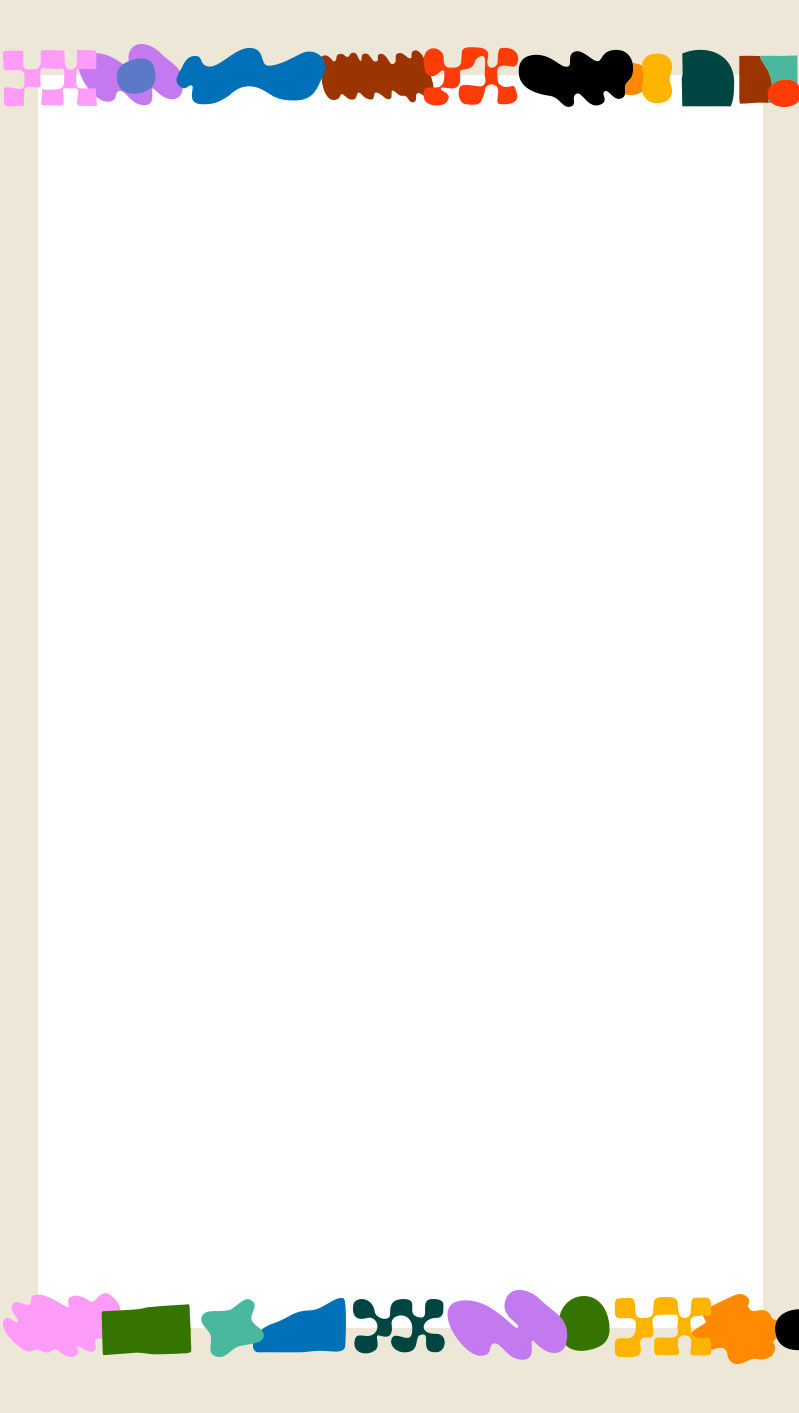
PORTRAITS WITH PURPOSE
The best stories are the true ones. But true stories are rarely simple. The story of PRIDE depends on where you are, who you are and who you love. We want you to help us discover the true story of PRIDE in your city. Where Love is Illegal is hosting a series of portrait storytelling photography workshops. Hosted by National Geographic photographer Robin Hammond, this event is open to everyone and will improve your portrait photography, and provide insights and lessons from the Where Love Is Illegal storytelling process – skills that can help you be part of creating the true story of PRIDE.
Meet Tyris Winter, a Queer, Black and Nonbinary poet that empowers fellow creatives with their joy and freedom of identity.


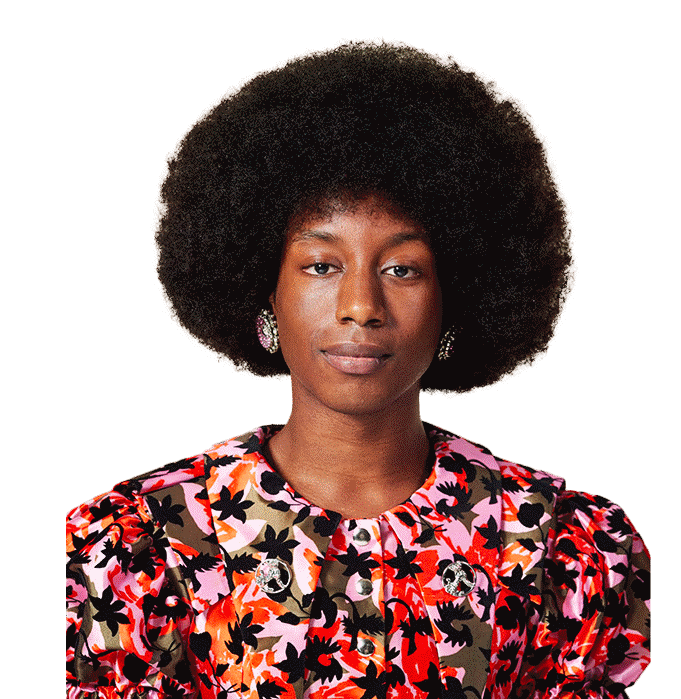
Tyris Winter
As an artist, Tyris believes in creating a vision for the world we don't see around us. “My favorite aspect of us rainbow baebes is our daring nature to express and create.” “When I was a kid, I used to stare at paint textures on the walls in my bedroom and see a multitude of people connected.
Meet Tegan & Sara Quin, a Queer, philanthropic, Canadian indie pop duo.



Tegan & Sara Quin
Musicians Tegan and Sara proudly make space for Queer youth. “Having a community is what gives you the confidence to move through the world as the most honest version of yourself.” It’s a big reason why they started the Tegan and Sara Foundation and why they continue to stay involved in their community.
Meet Kae Tempest, a Queer poet, artist, and playwright from London.



Kae Tempest
Kae Tempest is a Queer poet, musical artist, author, and playwright from London, England. The images of sunrise, sunset, cliff, and sea are physical manifestations for Kae of change and persistence. ‘How many yous have you been?’ is a recognition of the many selves we each contain.
SHOP PRIDE COLLECTION











EVERYONE DESERVES THE CHANCE TO BE THEIR AUTHENTIC SELVES, CHASE THEIR DREAMS AND SEE THEIR INSPIRATION REALIZED.
EVERYONE DESERVES THE CHANCE TO BE THEIR AUTHENTIC SELVES, CHASE THEIR DREAMS AND SEE THEIR INSPIRATION REALIZED.
CREATIVITY IS ESSENTIAL. IT'S THE THREAD THAT CONNECTS US TO UNLOCK SELF-DISCOVERY AND COMMUNITY.
THE VANS CHECKERBOARD FUND
For Pride and ongoing LGBTQIA+ support, Vans continues to support the Witness Change Foundation with the Where Love is Illegal campaign. Through their social impact project young changemakers design solutions to gender, social and humanitarian issues that impact them to create a future in which all girls & gender expanding youth can thrive.
LEARN MORE
